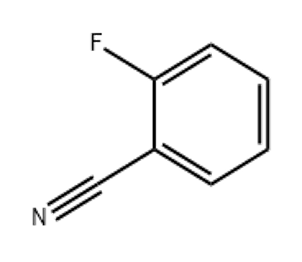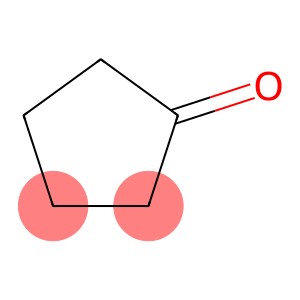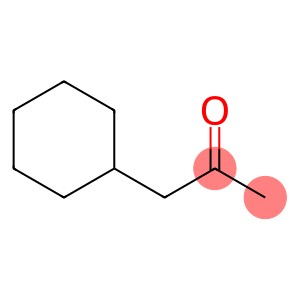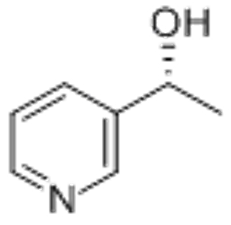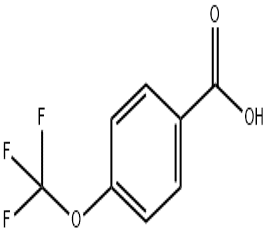Ethyl (R)-(+)-4-chloro-3-hydroxybutyrate(CAS# 90866-33-4)
| Hazard Symbols | Xi – Irritant |
| Risk Codes | 41 – Risk of serious damage to eyes |
| Safety Description | S26 – In case of contact with eyes, rinse immediately with plenty of water and seek medical advice. S36 – Wear suitable protective clothing. S36/39 - |
| UN IDs | 2810 |
| WGK Germany | 3 |
| HS Code | 29181990 |
| Hazard Class | 6.1 |
| Packing Group | III |
Introduction
Ethyl (R)-(+)-4-chloro-3-hydroxybutyrate is an organic compound. The following is an introduction to its properties, uses, manufacturing methods and safety information:
Quality:
- Ethyl (R)-(+)-4-chloro-3-hydroxybutyrate is a solid with a special chemical structure.
-
- This is a chiral compound with stereoisomers present. Ethyl (R)-(+)-4-chloro-3-hydroxybutyrate is an isomer of dextrophone.
- It is soluble in ethanol and ether and slightly soluble in water.
Use:
- Ethyl (R)-(+)-4-chloro-3-hydroxybutyrate is an important intermediate compound used in organic synthesis reactions.
- This compound is also used as a catalyst and ligand.
Method:
- The preparation method of ethyl (R)-(+)-4-chloro-3-hydroxybutyrate involves a multi-step synthesis process.
- Specific preparation methods and reaction conditions may vary depending on the investigator and the literature.
Safety Information:
- Ethyl (R)-(+)-4-chloro-3-hydroxybutyrate generally has low toxicity under proper use and storage conditions.
- But it is still a chemical and needs to follow proper laboratory safety operating procedures.
- During handling and handling, avoid direct contact with skin and eyes, use chemical protective gloves and goggles.
- When storing, it should be stored in a dry, cool, well-ventilated place, away from fire and flammable materials.



